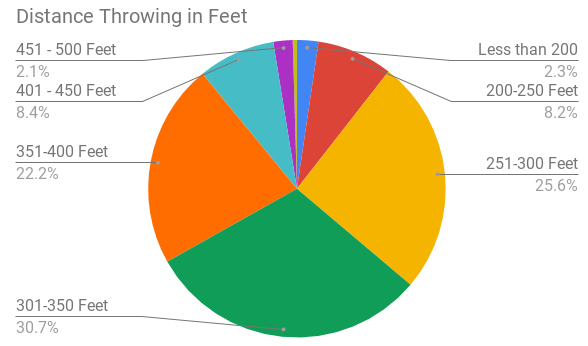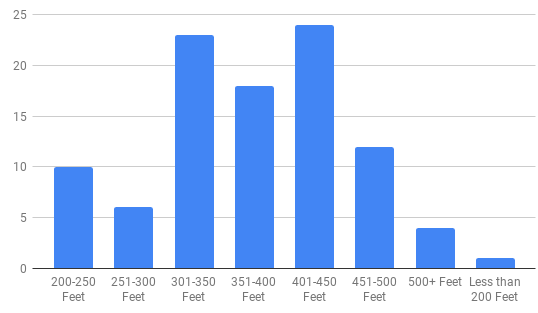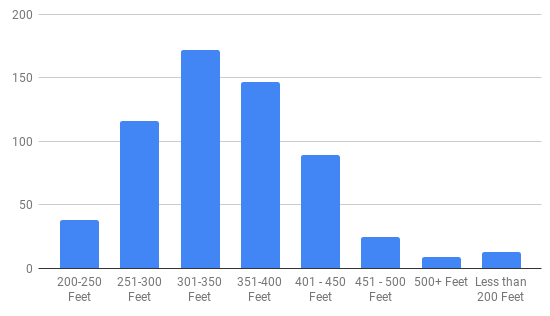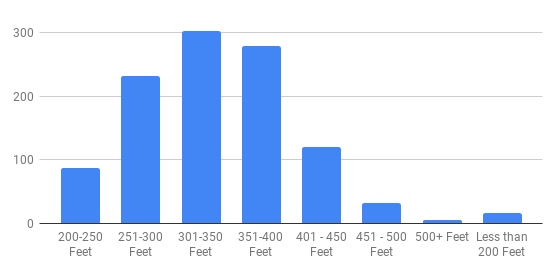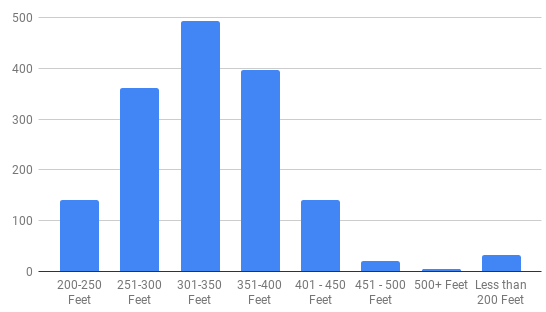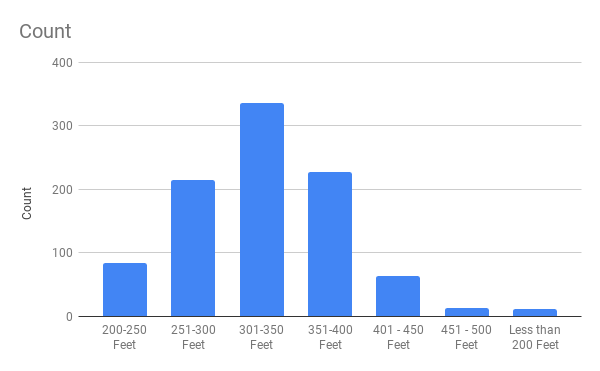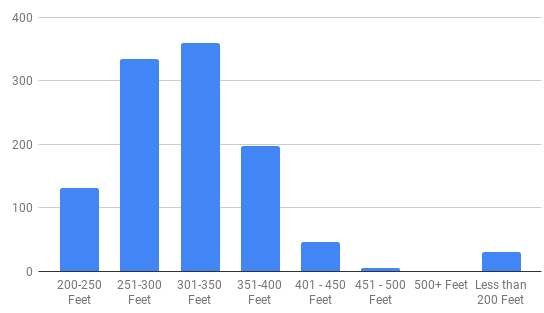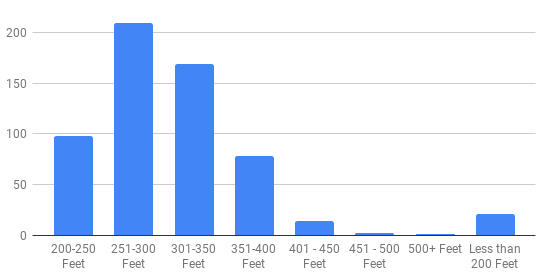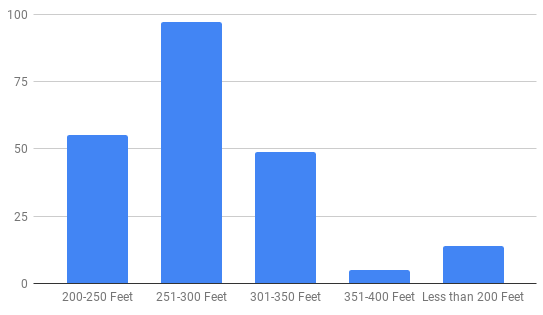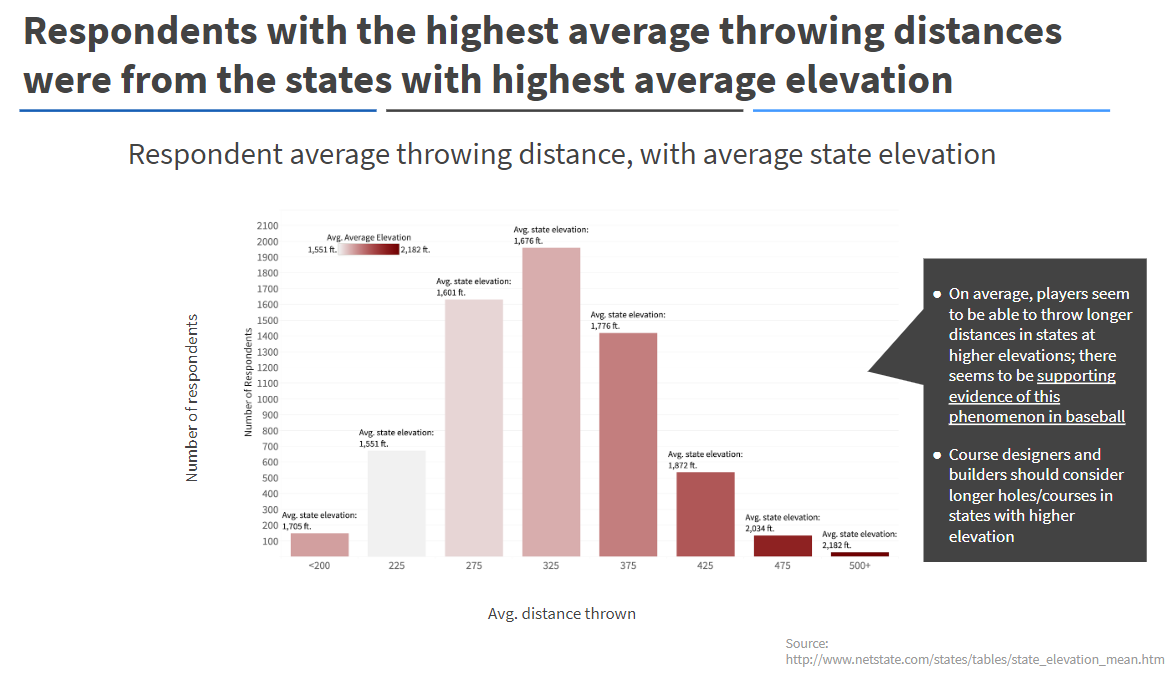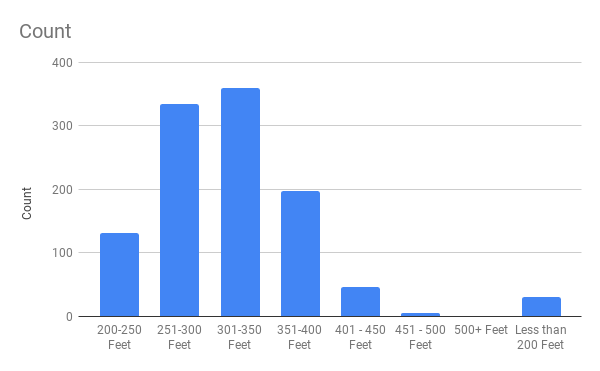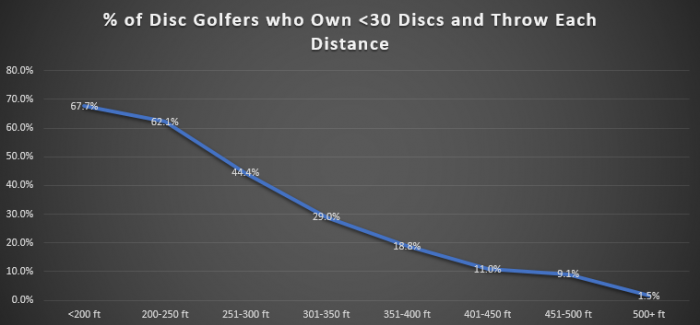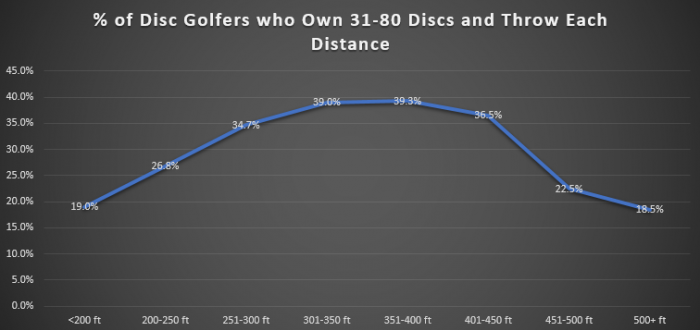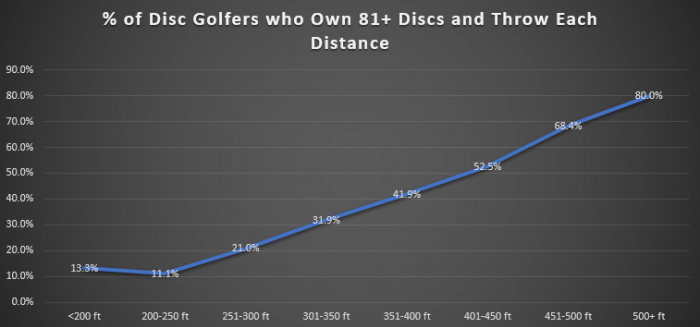Tips to Increase Disc Golf Power and Distance!

This post on disc golf power and distance, is the next post in a series designed to help you elevate your game. Watch the videos and reinforce the concepts through reading. Watch, read, practice, and improve!
Not everyone will admit it, but we all want a little more power and distance in our games.
The wise person knows that there aren’t a lot of quick fixes out there.
More realistically, we practice, make adjustments, and over time, we gradually increase our power and distance.
That same wise person will also remind us that more distance certainly doesn’t necessarily equate to better scores.
Meanwhile, approach shots, putting, accuracy and more of the other pro tips in this series (found here) will more likely improve your scores.
But sometimes, wisdom isn’t what we seek.
We just want a little power in lives, am I right?
Well, luckily, these tips for disc golf power and distance will also help you with your form.
That way you can have your cake and eat it too!
So, let’s look at some tips that will help us get some more power and distance in our lives while also improving the rest of our game as well!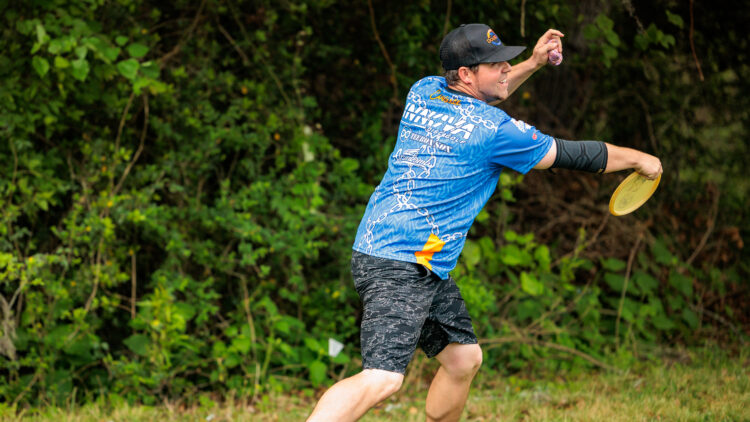
Head Placement for Power
In the first video Dave Feldberg gives us a tip for what to do with our head so we don’t limit our distance.
To do this, he makes an analogy to baseball.
Baseball players that hit home runs don’t keep their head facing the pitcher for the entire swing.
Instead, they keep their head facing towards the point of contact and look up during their follow through.
In disc golf, because of the way our neck is connected to our head and shoulders, looking where you’ll throw a backhand, severely limits the range of motion you can make for a complete throw.
It also can throw off your lines quite a bit and reduce your accuracy.
Instead, keep your head down through the impact of the throw and don’t look up until your follow-through naturally brings your head up.
Then, you can watch your disc soar that extra distance!
Watch now and see Feldberg explain it as well!
Now, from the head let’s have a look at how we can position our feet to improve our disc golf power and distance!
Position Your Feet Correctly!
In this quick-hitter of a video, Joel Freeman tells us about two common mistakes he sees amateurs make that are causing them to lose a lot of power.
The first mistake is that they point their toes towards the target and the second mistake is that both of their feet are perfectly aligned with the target.
Instead, he shows us to point our toes inward and slightly away from the target.
Then, with our plant foot, it should be out in front of your other foot. If done correctly, someone behind you should be able to see the target through the “window” in your legs.
Both of these tips help engage your lower body and get a lot more power.
Give a watch and then give it a try!
Now let’s look at some grip tips for disc golf power and distance as well!
Grip It to Rip It!
In this video, Connor gives a helpful tip on how to grip so you can get max distance.
And yes, he does mix up the terms potential energy and kinetic energy. But don’t let that detract from his point.
Basically, what it boils down to is that Connor tells you to put most of your pressure (and a healthy dose of it) right between your thumb and pointer finger.
That way as you come through on your drive, the disc launches out of your hand (you are not “letting go” intentionally) creating the spin and snap you need to get the most distance out of your throw.
Watch Connor’s explanation and then give it a try yourself!
Now let’s start putting things together with some timing tips for power and distance!
Cole Redalen on Timing and Distance!
Can we all agree that Cole Redalen can throw great distances?
Because he absolutely can!
At the same time, he’ll also be the first to occasionally tell you “don’t do what I do” and “others tell me I do this wrong.”
So, with that in mind, have a look at how Cole explains his massive drives.
The major point he goes over is timing.
I’ve heard it enough in all the videos I’ve watched to know that timing is crucial.
If your throw is rushed or out of sync, it’s deadly to your distance potential.
Well, to help explain his timing, Cole give this tip.
In his “X-Step” after the back foot goes behind and lands, and as soon as he’s about to bring his front foot through is when he starts his reach back.
Then, by the time his front plant foot hits the ground his throwing arm will have reached full extension.
From there he engages his hips, pulls through with his elbow at a 90-degree angle and the disc in the power pocket (which he shows), and let’s it rip!
Other quick tips he mentions is that he’s holding the disc about waist height.
And finally, if you look at his reach back you’ll see he is reaching back with the disc at a significant anhyzer. This is something I’ve heard before elsewhere and something worth trying!
One excellent way to accumulate numerous repetitions while honing your timing is through the use of a disc golf practice net. This enables you to throw discs repeatedly without the need to retrieve them each time.
Now, watch Cole explain and see if something clicks for you!
Breaking The Drive Into 3 Steps!
In the next video Dave Feldberg gives us 3 tips that don’t require much in the way of fieldwork, but can also improve our distance.
It’s definitely worth a watch so you can see him demonstrate the logic behind each point.
Here are his tips!
Tip 1 – Drop Your Front Foot Heel Before The Disc Moves.
Feldberg shows us how, when people initiate the turn before the heel hits, it gives the disc far less runway to build up speed and severely decreases distance potential.
He calls this “cheating the turn”.
Instead, wait until the heel plants before you initiate the throw.
He also has a drill for you to check out that will help you get used to the correct form.
Tip #2 – Practice Staying on Your Toes for the Entire Run-Up!
On the course, you can adjust and have more of the foot touching the ground (with the pressure on the toes).
But to get used to this, practice doing the run up completely on your toes.
Then, for the final plant, you go to tip #1 and plant the heel then initiate the throw.
Tip #3 – Disc Golf is a 3-Part Throw!
If you can break the throw into the three key components, your throw will sync together much more smoothly and result in more distance as well.
Here are the 3 parts he goes over.
Part 1 – Get to the reach-back position. Your arm should be fully extended back as your front toe hits the ground.
Part 2 – Drop the heel then bring the arm in.
Part 3 – Twist out of the shot and follow through.
Watch at the 3-minute mark as Feldberg breaks the shot into those 3 parts visually.
The nice part, he shows, is that you can practice each of the 3 parts individually.
Dave shows you how in the video, along with some other tidbits for each, so give it a look!
Now let’s see if we can put it all together with some more general tips from Zoe Andyke
More General Distance Tips!
Having watched all of Infinites Youtube videos, I must say that I really appreciate Zoe Andyke’s teaching style.
She breaks ideas down into the key components and let’s you look at the same concept through a different lens.
And perhaps, seeing this video will help things click for you…
Here are the tips she goes over.
Tip #1 – Don’t limit your distance potential by limiting your reach back!
Essentially she reminds us to turn our head, hips and shoulders with our throw.
“It is our bodies that ultimately pull and throw our arm,” she tells us as she contorts her own body to show us (1:45).
Tip #2 – Don’t reach across your body!
This is a common mistake she sees people make.
Instead, she tells us, you want to keep a 90-degree angle between your arm and your torso.
Tip #3 – Use Your Whole Body to Pull Through
Once you have that full reach back, she tells us to “use our body to pull (legs, trunk, hips, arm at the end) [and then] follow through.”
As many have told us before, distance does not just come from the arms!
Tip #4 – Play Tug of War
This is a drill that you can try for yourself with a partner (4:00).
Have the partner hold the disc in place while your arm is extended back.
Then, use that tension to feel and lengthen your reach back. This, she repeats, is usually a key component that most of us are missing in our distance shots.
Final Tip – Bend your knees to stay springy and athletic for your shot.
She shows us that in her drive she never stands up straight to her full height through the shot. She keeps the knees bent and the leg muscles activated throughout!
Now watch for yourself and see Zoe explain it in her unique and engaging style!
Disc Golf Distance and Power – In Summary
There you have it folks!
From head to feet and everywhere in between, those are some tips from the pros on how to get more distance in your throw!
Luckily, those tips are also great for general throwing mechanics as well!
As always, it will take practice and patience.
But try some of those out and see if you can’t add a little (or a lot) of distance to your drives.
And, as always, if you have any must-have tips, please share with the rest of us in the comments below!
In time, we’ll have the distance we covet and the good form we need to keep dropping those scores out on the course!
Happy driving to you all, and may all of your shots soar beyond to distances your wildest dreams!


